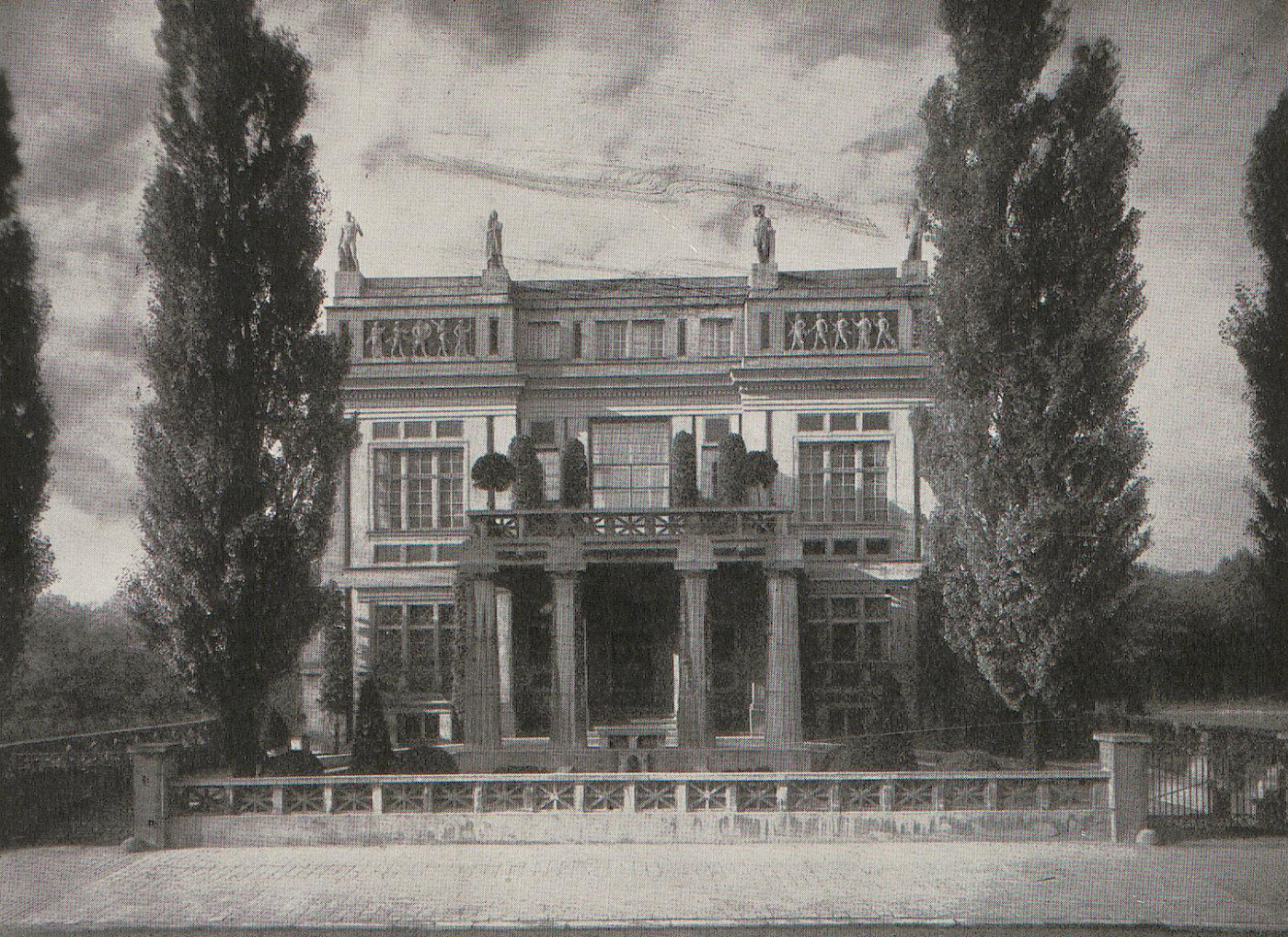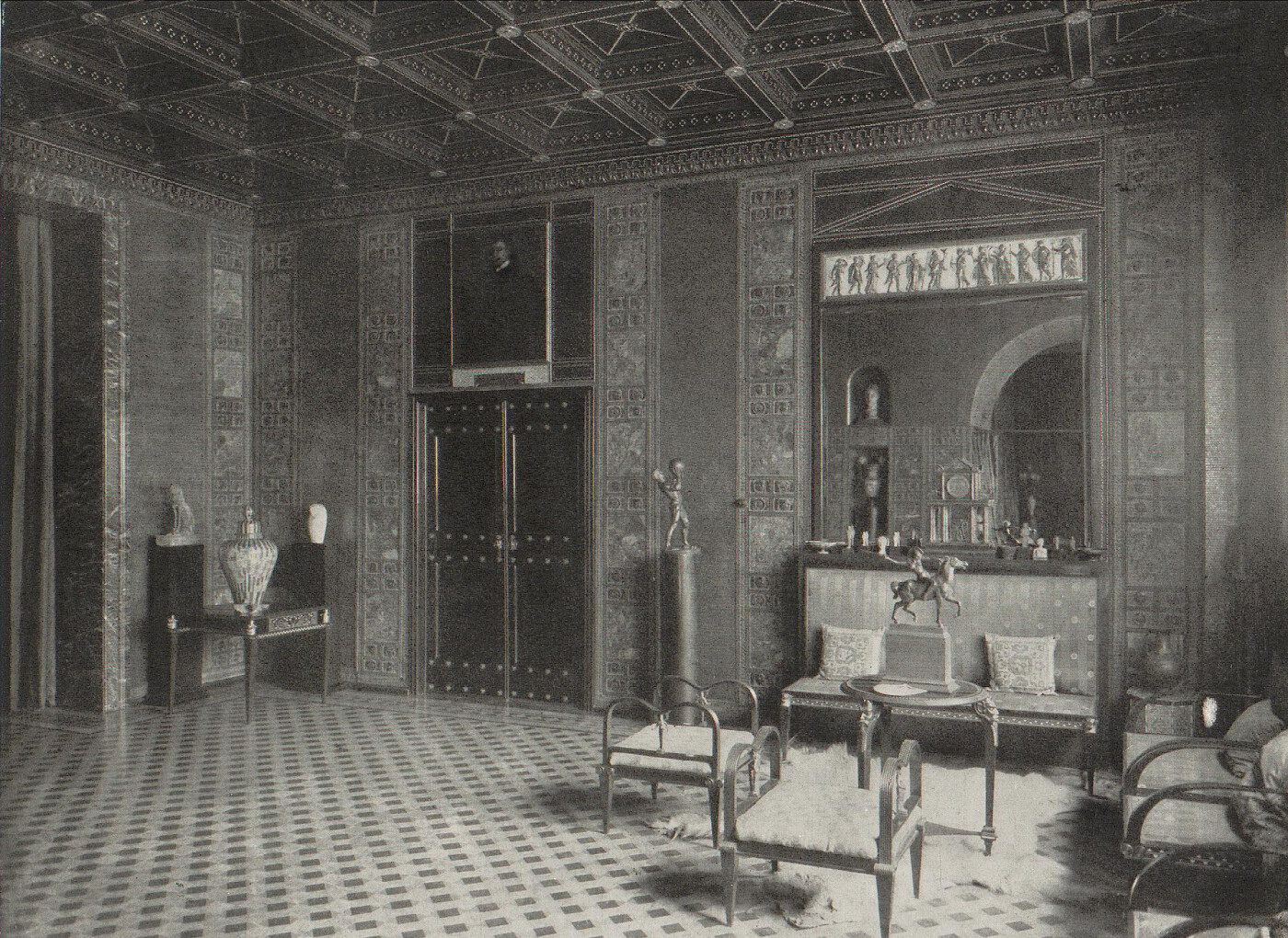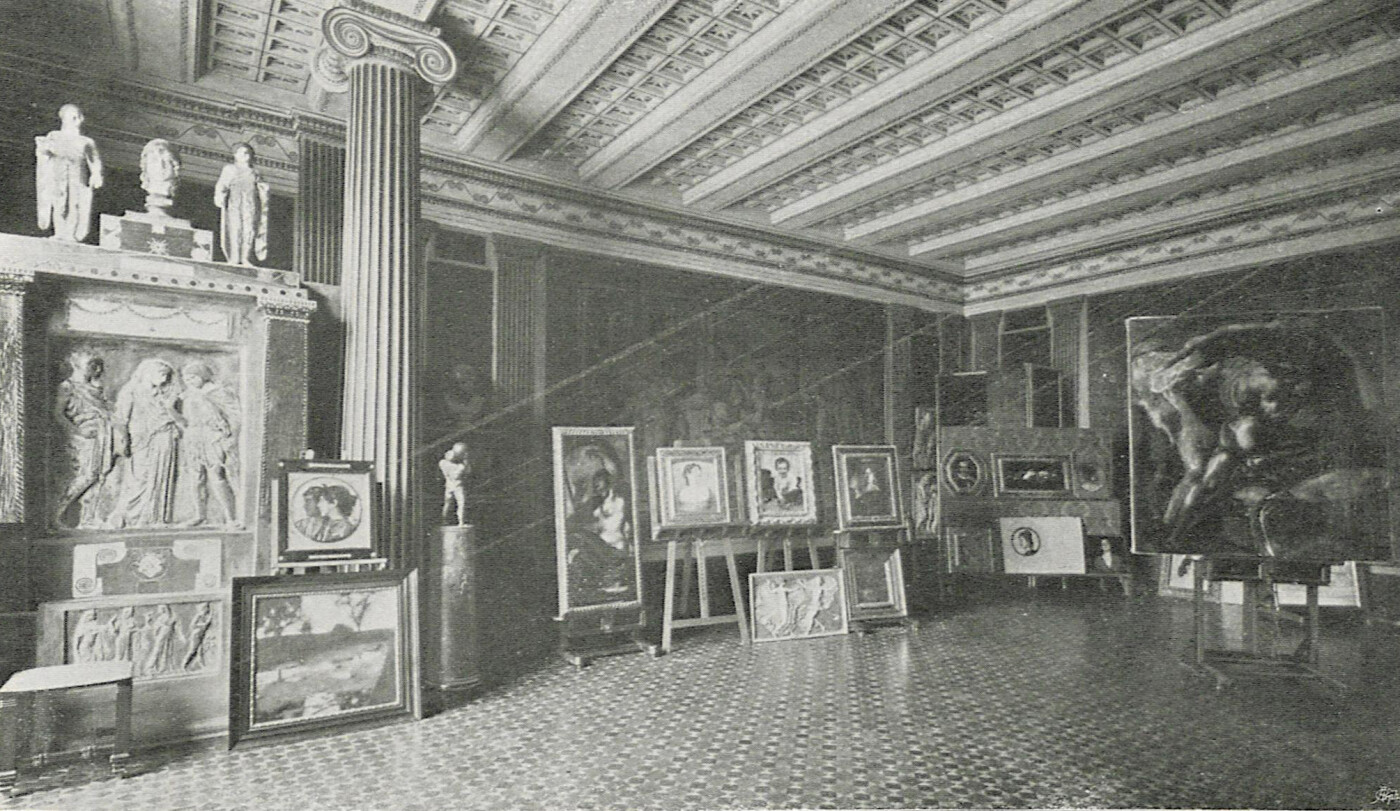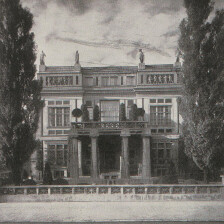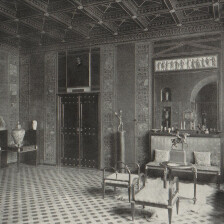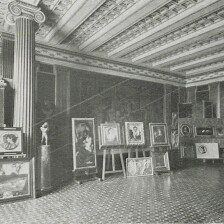Franz Stuck
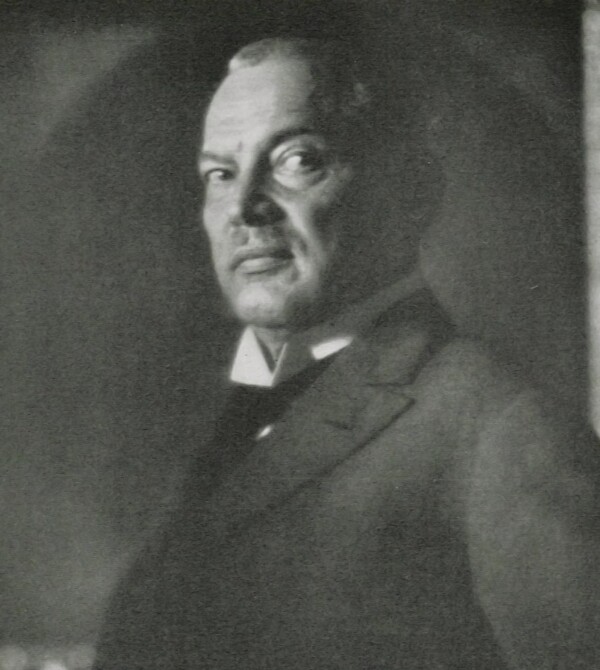
Franz Stuck, in: Die Kunst für Alle. Malerei, Plastik, Graphik, Architektur, 44. Jg. (1928/29).
© Klimt Foundation, Vienna
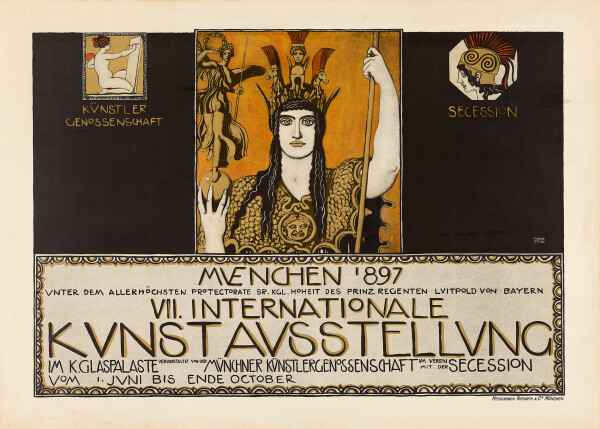
Franz Stuck: Poster for the VII. International Art Exhibition in Munich, 1897
© Museum Villa Stuck
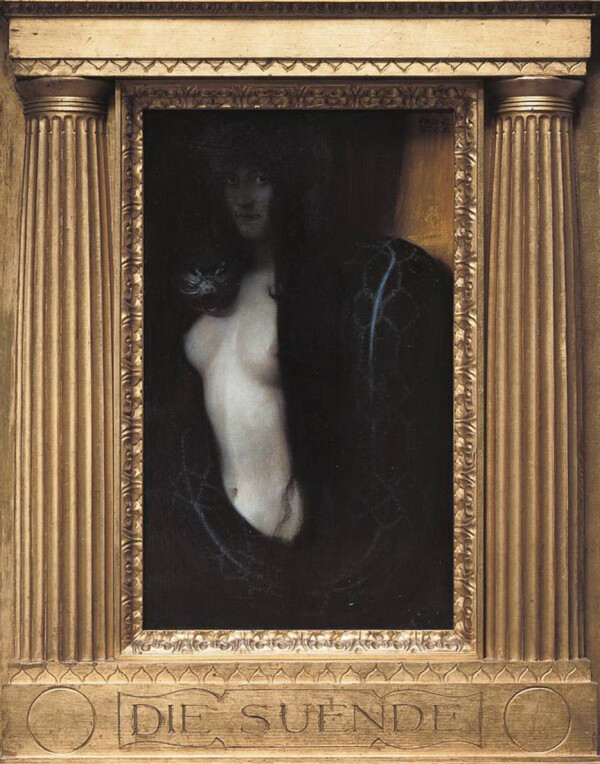
Franz von Stuck: Sin, 1893, Bavarian State Painting Collections - Neue Pinakothek Munich
© Bavarian State Painting Collections - Neue Pinakothek, Munich
The German painter, graphic artist and sculptor Franz Stuck was a co-founder of the Munich Secession. A popular “scandalous painter,” he was an important source of inspiration for the modern art scene around the fin de siècle, which particularly held true for Vienna’s Secessionists.
Franz Stuck, born in Bavaria in 1863, attended the Royal School of Arts and Crafts in Munich for several years. He then studied at the local Royal Academy of Fine Arts. Even during his school and university years, Stuck supported himself by working as a draftsman and illustrator, as well as a caricaturist for satirical newspapers in Germany. During this time, the young artist already received several commissions from the well-known Viennese publisher Martin Gerlach. Stuck designed numerous contributions for Gerlach’s portfolios Allegorien und Embleme [“Allegories and Emblems”] (1882–1884) and Karten & Vignetten [“Cards and Vignettes”] (1886), with Gustav Klimt acting as a contributor to the former as well. Years later, Stuck was to conceive another work for Gerlach’s sample compilation Allegorien. Neue Folge [“Allegories. New Series”].
Breakthrough, Munich Secession, and Teaching Assignment
Around 1890, Stuck had his artistic breakthrough when participating in the “Internationale Kunstausstellung” [“International Art Exhibition”] in Munich’s Glass Palace and in a collective exhibition at the Vienna Künstlerhaus. In 1892 he was among the co-founders of the Union of Munich Visual Artists Secession. Franz Stuck created a striking image for the association with his depiction of Pallas Athena. A few years later, the Viennese Secessionists would also choose this symbolic figure from Greek mythology for their first exhibition poster, which was designed by Gustav Klimt. Both Stuck and Klimt would later similarly dedicate a painting each to the goddess.
Franz Stuck, who presented his scandalous work The Sin (c. 1893, Neue Pinakothek, Munich) at the first exhibition of the Munich Secession in 1893, received a call from the Royal Academy of Fine Arts in Munich in 1895, where he taught the painters Wassily Kandinsky and Paul Klee, among others.
Villa Stuck
Around 1900, Franz Stuck had his own villa built in Munich. Some fifteen years later, a studio building was added to the residential complex. The splendid building and the extravagant interior were planned and designed by the artist himself. In 1928, the writer Otto König described Stuck’s home and studio in Neues Wiener Journal:
“It is not a studio in the usual sense, but a kind of state room accommodating a small Stuck exhibition: the working rooms proper are located separately – Stuck works in the annex of a large adjacent building that was only built a few years ago and consists of two gargantuan rooms – the first floor belongs to Stuck the painter, the basement to Stuck the sculptor.”
According to several reports in the media, Stuck’s opulent artist’s villa – a universal work of art – had become one of Munich’s famous sights.
Villa Stuck
One year after Stuck’s death, the property was auctioned off. It has been home to the “Villa Stuck” Museum since 1968.
The “Prince of Artists” Retires
After World War I, the prize-winning and ennobled artist rarely appeared in public. He died in Munich in 1928.
Literature and sources
- Neues Wiener Journal, 01.09.1928, S. 5.
- Georg Jacob Wolf: Franz von Stuck, in: Die Kunst für Alle. Malerei, Plastik, Graphik, Architektur, 44. Jg. (1928/29), S. 56-57.
- Fritz von Ostini: Franz von Stuck und sein Haus, in: Innendekoration, 20. Jg., Heft 12 (1909), S. 398-419.
- Fritz von Ostini: Franz Stuck, in: Die Kunst für Alle. Malerei, Plastik, Graphik, Architektur, 19. Jg. (1903/04), S. 1-7, S. 33-40.
- Ludwig Hevesi: Acht Jahre Sezession (März 1897–Juni 1905). Kritik – Polemik – Chronik, Vienna 1906, S. 523-535.
- Alexander Klee, Agnes Husslein-Arco (Hg.): Sünde und Secession. Franz von Stuck in Wien, Ausst.-Kat., Lower Belvedere (Vienna), 01.07.2016–09.10.2016, Munich - Vienna 2016.
- Hans Vollmer (Hg.): Allgemeines Lexikon der Bildenden Künstler von der Antike bis zur Gegenwart. Begründet von Ulrich Thieme und Felix Becker, Band XXXII, Leipzig 1938, S. 232-233.
- Walter de Gruyter (Hg.): Allgemeines Künstler-Lexikon. Die bildenden Künstler aller Zeiten und Völker, Band CVI, Berlin 2020, S. 508.


